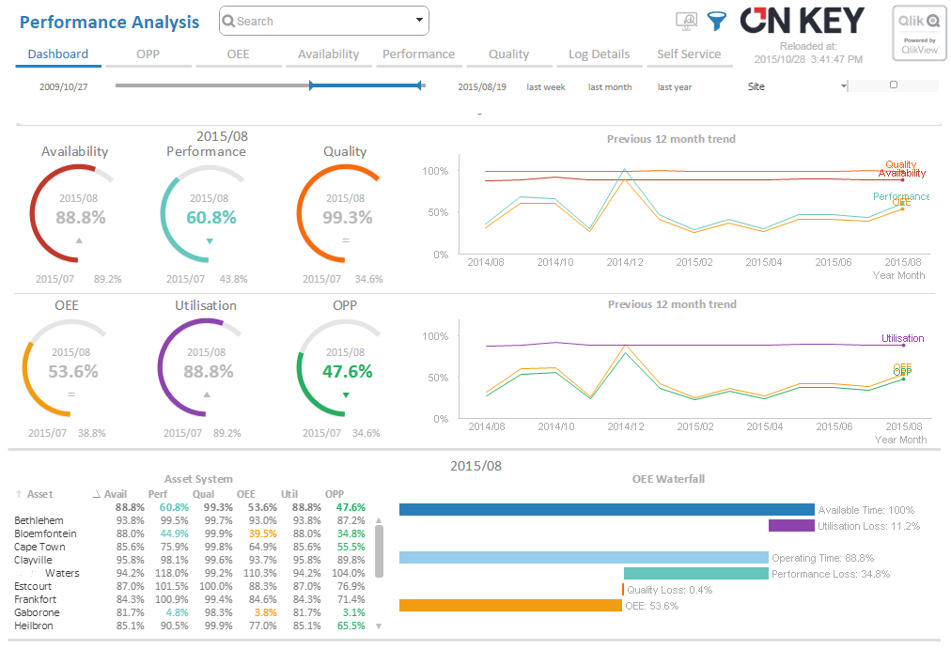
The Asset Register or Asset Tree is the backbone of any Enterprise Asset Management System (EAMS) or Computerised Maintenance Management System (CMMS), thus the importance of a properly configured Asset Tree cannot be overstated.
During the initial configuration of the Asset Tree, there are a number of questions to consider:
- What is the purpose of the Asset Tree?
The level of complexity within the Asset Tree will usually be determined by the purpose thereof. In a maintenance intensive industry (such as a manufacturing plant or a mining environment), the level of complexity will be much higher than where the asset register is merely used to record the existence of assets or to schedule and perform minor maintenance events. - What will the structure look like?
When setting up the Asset Tree in the EAMS or CMMS, it is important to consider the ease of use for a user to find a specific asset within the Asset Tree. The Asset Tree structure will typically be based on one of 3 typologies, namely: location, function or process flow. As an example, in a location based typology, a drive motor forms part of a filling machine, which forms part of a line, within a specific section of a plant. In this example, the Asset Tree hierarchy to the motor will start at the highest level within the Asset Tree, the plant. The next level will be the section within the plant followed by the line and then the filling machine. Similar logic should apply when following a function or process flow typology. - Which assets will be included and how will the data be collected?
A decision should be taken on which types of assets will be included and which excluded to ensure the objectives of the system are met. For example, a decision could be made to exclude all IT related assets as well as any furniture. A data collection plan should then be setup to identify and verify all the assets that should be recorded in the asset register as well as the data fields required. It is also a good idea to then perform a high-level criticality analysis on the recorded assets to ensure that the most important assets receive the most focus, especially during maintenance plan development. - Which coding convention will be used?
Best practice with regards to coding conventions is to steer clear from building logic into the coding, where possible. If any logic is built into codes, the codes will no longer make sense once an asset is moved to a different location or the physical characteristics of the asset changes. The most straightforward approach is the use sequential, system assigned codes. These codes will not contain any logic and will not be duplicated.
To ensure all stakeholders are aware of and agree to the conventions used, all the decisions taken with regards to the above mentioned, as well as any other assumptions made should be well documented and signed off by the relevant stakeholders.
